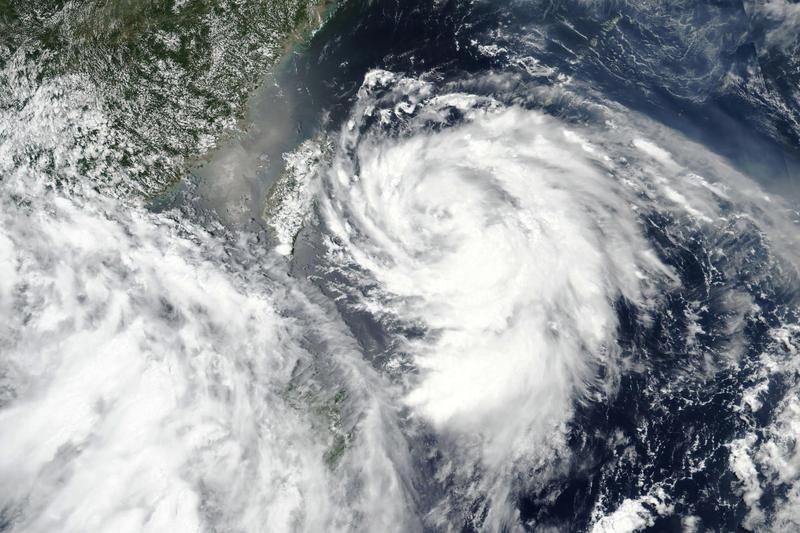 This Aug 2, 2020, satellite image released by NASA shows Typhoon Hagupit approaching China. (PHOTO / AP)
This Aug 2, 2020, satellite image released by NASA shows Typhoon Hagupit approaching China. (PHOTO / AP)
HANGZHOU - Hagupit, the fourth typhoon of this year, landed in east China's Zhejiang province in the wee hours of Tuesday, the National Meteorological Center (NMC) said.
Hagupit landed on the coastal areas of Yueqing City, a county-level city under the administration of the city of Wenzhou, at around 3:30 am, packing winds of 38 meters per second near its center.
Hagupit landed on the coastal areas of Yueqing City, a county-level city under the administration of the city of Wenzhou, at around 3:30 am, packing winds of 38 meters per second near its center
ALSO READ: China on yellow alert for Typhoon Hagupit
It brought torrential rains to Zhejiang and Fujian provinces, with gales forecast in areas in the western and southern parts of the east China sea, the waters near Diaoyu Island, the Yangtze River Estuary, Hangzhou Bay, as well as the coastal areas of Zhejiang and northeastern Fujian.
The NMC upgraded its typhoon alert at 6 pm Monday from yellow to orange, and renewed the alert at 6 am Tuesday, based on a four-tier color-coded warning system for severe weather, with red being the most serious, followed by orange, yellow and blue.
READ MORE: Typhoon leaving cooler days in its wake
It forecast that the typhoon will track north and pass through Zhejiang, with its intensity gradually weakening. It is expected to leave Zhejiang Tuesday night and enter the western Yellow Sea via northern Jiangsu Wednesday before moving toward the western coast of the Korean Peninsula.
By 10 pm Monday, Zhejiang had evacuated 381,375 people. Some train services and construction work in Fujian were halted, with boats pulled ashore and nearby residents evacuated.
China's national observatory on Tuesday renewed a blue alert for rainstorms in several provinces and regions, where incessant downpours have already wreaked havoc.
From Tuesday afternoon to Wednesday afternoon, heavy rainfall and rainstorms are expected in parts of Zhejiang, Shanghai, Jiangsu, Gansu, Shaanxi, Shanxi, Henan, Shandong, Heilongjiang, Jilin, Liaoning, Yunnan and coastal regions of south China, the National Meteorological Center said.


